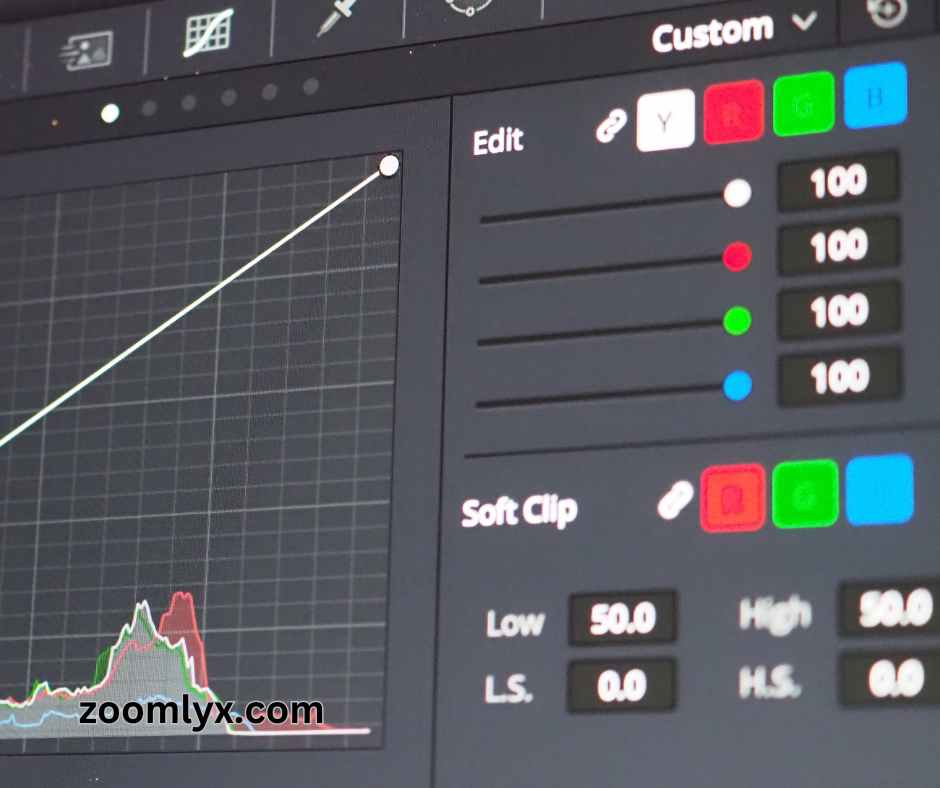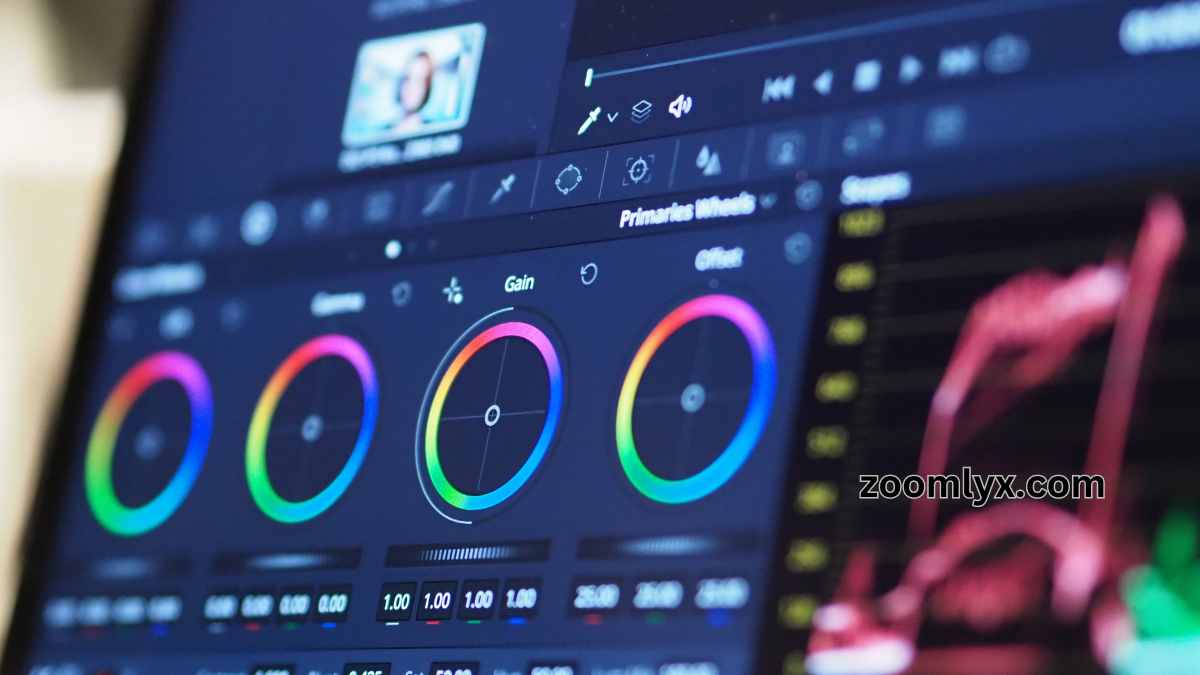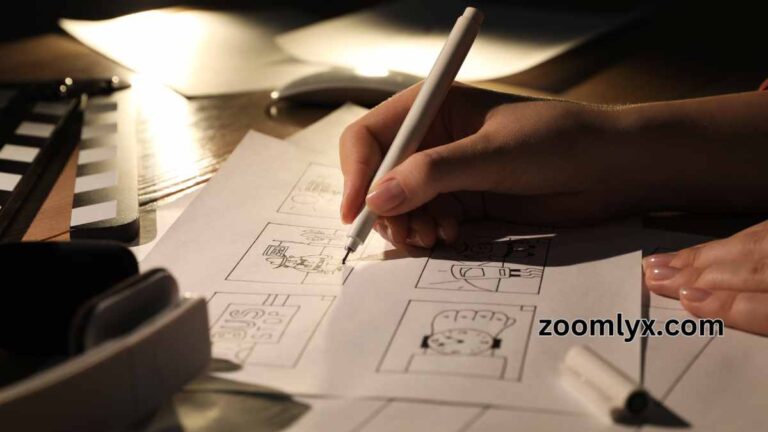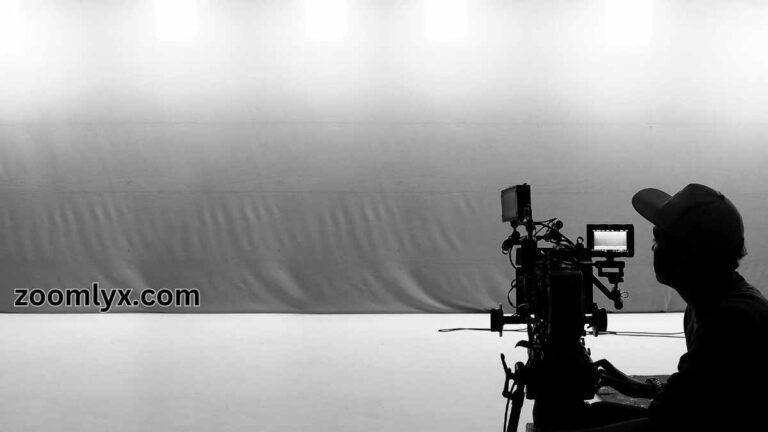Color Grading Demystified: Enhancing Mood and Storytelling Through Colors
Color grading is an effective method in the area of visual narrative that often goes unnoticed by the typical spectator. Yet, it is important when deciding the tone and narrative of a film, a TV show, or even a photograph. The filmmakers and photographers may efficiently express emotions, establish atmosphere, and attract audiences to the story through the incorporation of color. The article will demystify the method of color grading by looking at its fundamental ideas, techniques, and impact on narration.
Understanding Color Grading
The process of manipulating the colors of a visual work to achieve a specific appearance or mood is at the core of color grading. It involves altering an image’s general contrast, lightness, saturation, and hue, in addition to any specific color variables. While color correction aims to fix issues with the source material, such as white balance or exposure, color grading goes higher and aims to generate specific emotions or locations.

The Three Primary Components of Color Grading
- Hue – Hue is a term that refers to an image’s real color, which could be the colors red, blue, or green. It can be adjusted to change the mood or blend the colors of a scene altogether.
- Saturation – Saturation determines the intensity or vibrancy of colors. Increasing saturation can make colors pop, while desaturation can create a muted or washed-out look.
- Brightness and Contrast – The total brightness and the distinction between light and dark areas are both affected by contrast and brightness changes. A relaxed, dreamy mood or dramatic lighting can be created by doing this.
The Power of Color Psychology
Colors have a profound impact on human emotions and perceptions. Filmmakers and photographers tap into this psychological phenomenon to enhance storytelling.
- Warm Colors: Colors like red, orange, and yellow evoke warmth, passion, and energy. They can be used to convey love, excitement, or danger. For example, Francis Ford Coppola’s “The Godfather” utilizes warm tones to increase the suspense and intensity of the story’s progression.
- Cool Colors: Cool hues like blue and green evoke sentiments of calmness, peace, and sadness. They could bring about emotions of solitude or melancholy, as shown by Guillermo del Toro’s “The Shape of Water” movie’s underwater episodes.
- Contrast: Strong contrasts in hues, like ones between orange and blue or red and green, may grab the curiosity of viewers. This approach is often employed in movie posters and advertisements to highlight significant information.
The Art of Color Grading Techniques
Color Grading Software
Among the most commonly used for color grading are Adobe Premiere Pro, DaVinci Resolve, and Final Cut Pro. Experts can customize the look of their work with the help of these applications’ numerous options and sets.
Color Wheels and Curves
Color grading tools often include color wheels and curves. These tools enable precise adjustments to the hue, saturation, and brightness of specific colors. By manipulating these curves, filmmakers can achieve the desired mood and style.

LUTs (Look-Up Tables)
Look-up tables are pre-defined color presets that can be applied to footage. They provide a quick and easy way to achieve specific looks, such as a vintage film aesthetic or a futuristic sci-fi vibe.
Color Grading Nodes
Nodes allow complex color grading processes in high-end color grading software like DaVinci Resolve. To fine-tune the final looks, each node can be used to make specific modifications to different elements of the image.
Case Studies: Color Grading in Action
2014’s “The Grand Budapest Hotel”
Wes Anderson’s whimsical and stunningly beautiful movie “The Grand Budapest Hotel” is famous for its unique color scheme. The color grading of the movie enhances its whimsical, nostalgic, and fantasy-like atmosphere. The pastel hues and rich, vibrant colors help transport viewers into the fantastical world of the hotel.
(2015)’s “Mad Max: Fury Road”
The high-octane action film “Mad Max: Fury Road” by George Miller heavily depends on the use of color grading for establishing a post-apocalyptic setting. The film has a desaturated, gritty visual that shows the misery of the wasteland. The orange and teal color scheme adds intensity and visual impact to the action sequences.
Most Common Questions on Color Grading
Q1: Can I use color grading for photography as well as filmmaking?
A useful method in both photos and films, color grading is essential. Color grading capabilities are offered in many photo editing software applications, like Adobe Lightroom and Photoshop.
Q2: What differentiates color grading from color correction?
Color correction focuses on fixing technical issues like white balance and exposure, making the footage look natural. Color grading, on the other hand, involves creative adjustments to enhance the mood and storytelling.
Q3: Can color grading rescue poorly shot footage?
Although color grading can improve the aesthetic value of video, it can’t make bad cinematography magically better. It’s preferred to start with high-quality footage and then apply color grading to make it more impressive.
Q4: Are there any free color grading software options available?
Yes, there are free and open-source color grading software options like DaVinci Resolve’s free version and Lightworks. These tools provide a powerful set of color-grading features.
Q5: How can I learn color grading?
You can learn color grading through online tutorials, courses, and by experimenting with different software. Many filmmakers and colorists share their knowledge and techniques online.
Bottomline
With the fascinating fusion of art and science referred to as color grading, writers can use color to paint pictures and evoke emotions in their audience. Filmmakers and photographers may enhance their work while creating compelling stories that interact with audiences on a more profound level by being experts in the principles and methods of color grading. Learn how color grading serves to bring narratives to life on screen and in print when you watch a movie or look at a beautiful picture.







